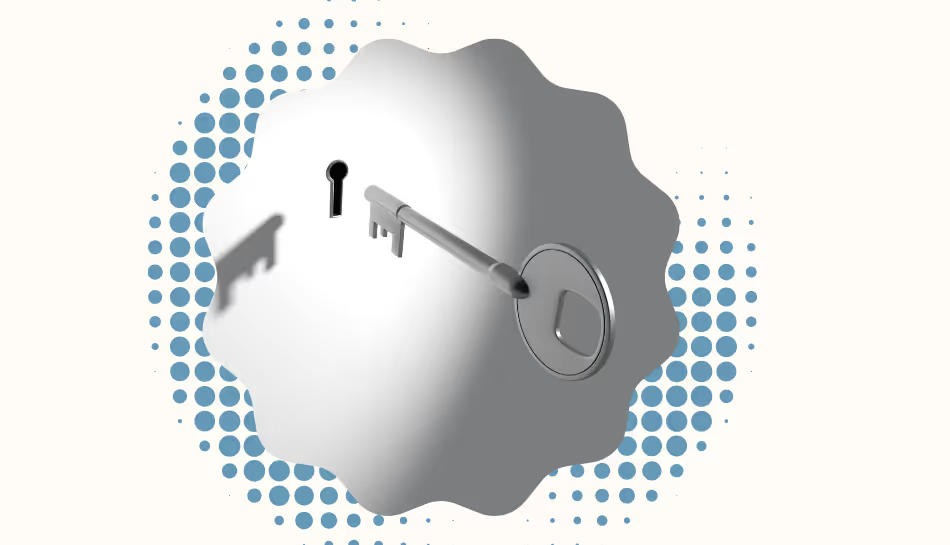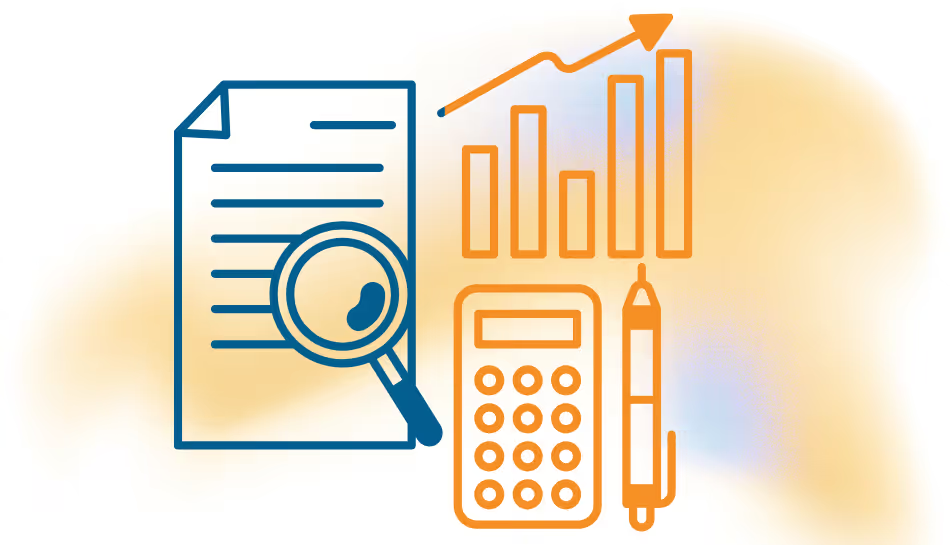
What is project management? Managing a project is like navigating a ship, you need a solid route, a flexible crew, and the ability to adapt to changing conditions. That’s where project management tools and methodologies come into play.
There’s no one-size-fits-all approach to managing projects. Depending on your business goals, team size, timeline, and work style, you can choose from several proven methods, each with its own strengths.
In this article, we’ll break down the most popular project management methodologies in 2025, what they are, how they work, and when to use them.
1. Agile Project Management
Best for: Software development, startups, dynamic projects
Agile isn’t a tool or a rigid structure, it’s a mindset. Based on continuous improvement and flexibility, Agile focuses on delivering work in small, manageable parts called “iterations” or “sprints.” Teams regularly assess progress and adjust as needed.
Key Features:
- Quick iterations (1–4 weeks)
- Regular feedback loops
- Continuous delivery of value
- Collaboration over rigid planning
Why use it?
Agile helps teams respond to change faster and encourages customer input throughout the project. It’s ideal for fast-paced environments where requirements evolve over time.
2. Scrum
Best for: Software teams, product development, time-bound work
Scrum is a popular Agile framework that divides work into sprints, short, fixed periods (usually two weeks). A Scrum team has defined roles: Product Owner, Scrum Master, and Development Team. Each sprint ends with a review and planning session.
Key Features:
- Time-boxed sprints
- Daily stand-up meetings
- Sprint reviews and retrospectives
- Defined team roles
Why use it?
Scrum offers structure within the Agile world. It helps teams stay focused, aligned, and productive while delivering fast results.
3. Kanban
Best for: Marketing teams, service teams, content pipelines
Kanban is a visual project management system that uses cards and columns to show task progress. Tasks move across stages like “To Do,” “In Progress,” and “Done.” It’s all about improving workflow efficiency and reducing bottlenecks.
Key Features:
- Visual task boards
- Continuous work, no fixed sprints
- Limits on work-in-progress (WIP)
- Focus on flow and spee
Why use it?
Kanban is flexible and easy to start with. It’s perfect for ongoing work like content creation or customer support where tasks arrive unpredictably.
4. Waterfall Methodology
Best for: Construction, manufacturing, legal, or fixed-scope projects
Waterfall is a traditional approach where each phase of a project must be completed before the next begins. It follows a strict sequence: requirement gathering, design, implementation, testing, and delivery.
Key Features:
- Linear project flow
- Clear documentation
- Fixed scope and timelines
- Less flexibilit
Why use it?
Waterfall works best when the requirements are clear from the start and unlikely to change. It’s often used in industries where mistakes are costly.
5. Hybrid Project Management
Best for: Enterprises, cross-functional teams, custom workflows
Hybrid combines elements from both traditional (Waterfall) and modern (Agile or Kanban) methodologies. Teams might use a Waterfall structure for overall planning but adopt Agile methods for execution.
Key Features:
- Custom approach
- Mix of flexibility and structure
- Adapted to the organization’s needs
Why use it?
Hybrid models are perfect for businesses that need agility in some areas and control in others, especially in large-scale enterprise settings.
Choosing the Right Project Management Tools and Methodologies
When selecting a project management method, consider:
- Project size and complexity
- Team size and skillset
- Client involvement and feedback needs
- Timeline and budget flexibilit
There’s no wrong choice, only what fits best. Many teams even evolve their methods over time.
Final Thoughts
In 2025, project management isn’t just about completing tasks, it’s about working smarter, collaborating better, and delivering consistent value. Whether you prefer Scrum's sprints, Kanban’s visual flow, or Agile’s flexibility, the key is to find a system that helps your team stay productive and your projects stay on course.

